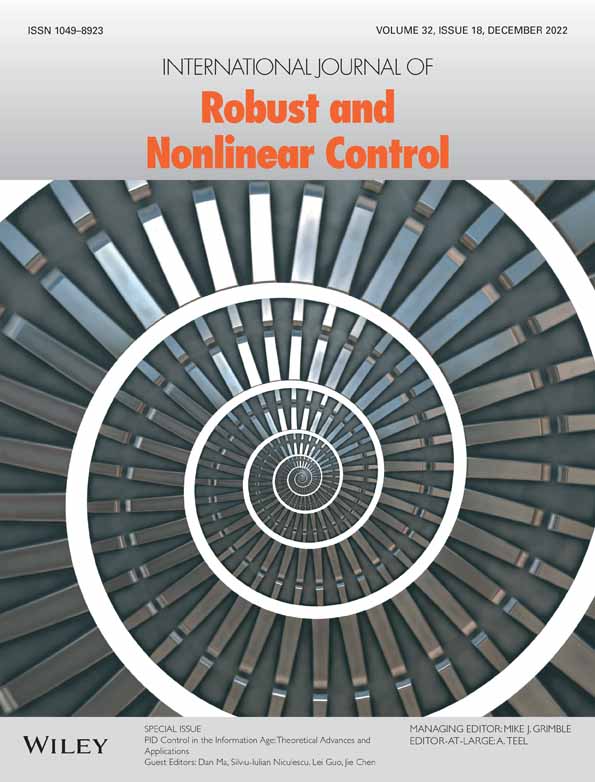A probabilistic framework to achieve robust non-fragile tuning methods: PD control of IPD-modeled processes
Abstract
We introduce a novel probabilistic framework to achieve robust non-fragile tuning methods in control of processes with parametric uncertainties. We consider probability distributions to model the process parameters' uncertainties. First, we propose the tuning framework in a general setting. Then, as an illustration, we apply it to PD control of IPD-modeled processes. It is noteworthy that the proposed tuning method is robust against the considered parametric uncertainties. Also, to empower the proposed robust tuning method in the viewpoint of non-fragility, we utilize a centroid approach. Selecting the form of the probabilistic framework, we empirically observe some of the popular tuning methods are special cases of the proposed novel framework. Moreover, we theoretically/empirically make a comparison among the tuning methods in the literature based on non-fragility and robustness via such a probabilistic framework.
CONFLICT OF INTEREST
The authors declare that there is no conflict of interest.
Open Research
DATA AVAILABILITY STATEMENT
Data available on request from the authors.



 order reduction of LTI controllers
order reduction of LTI controllers static output-feedback control for active suspension systems
static output-feedback control for active suspension systems
